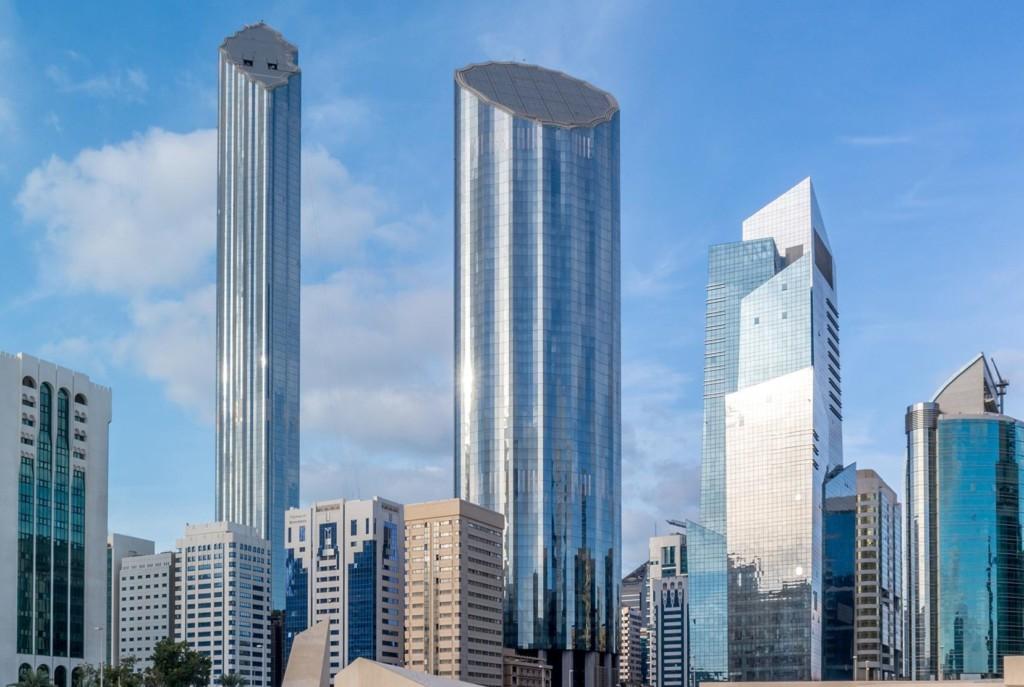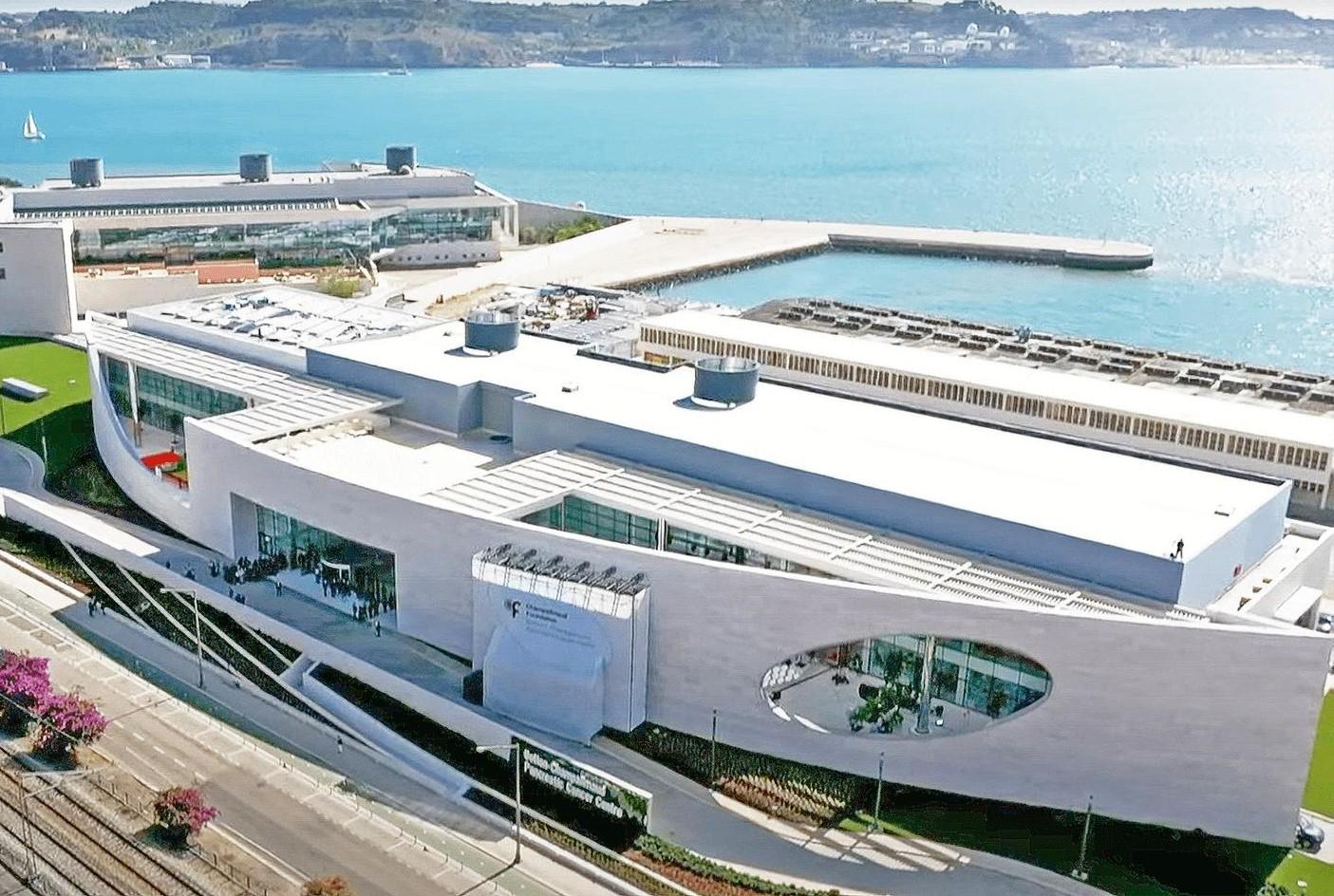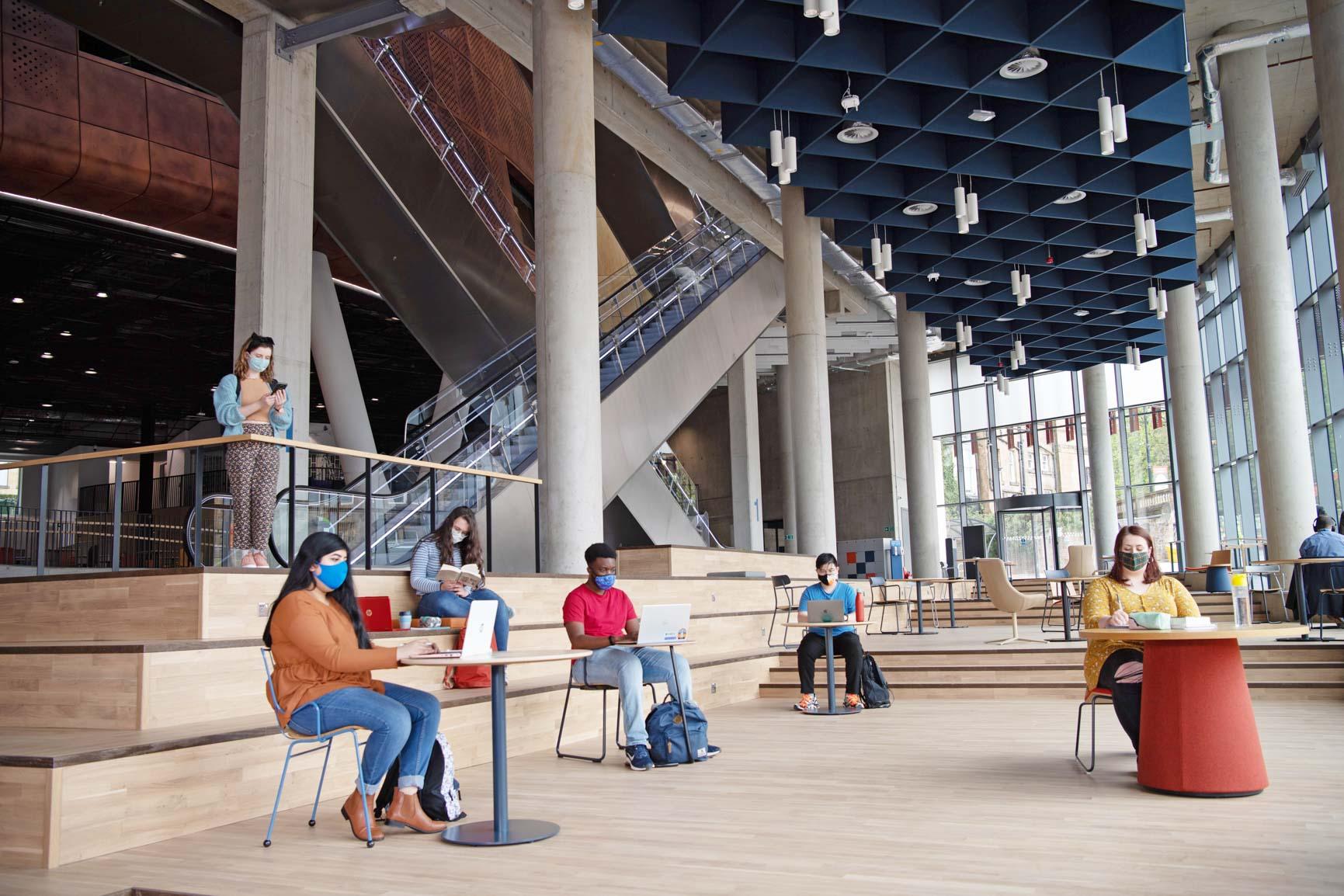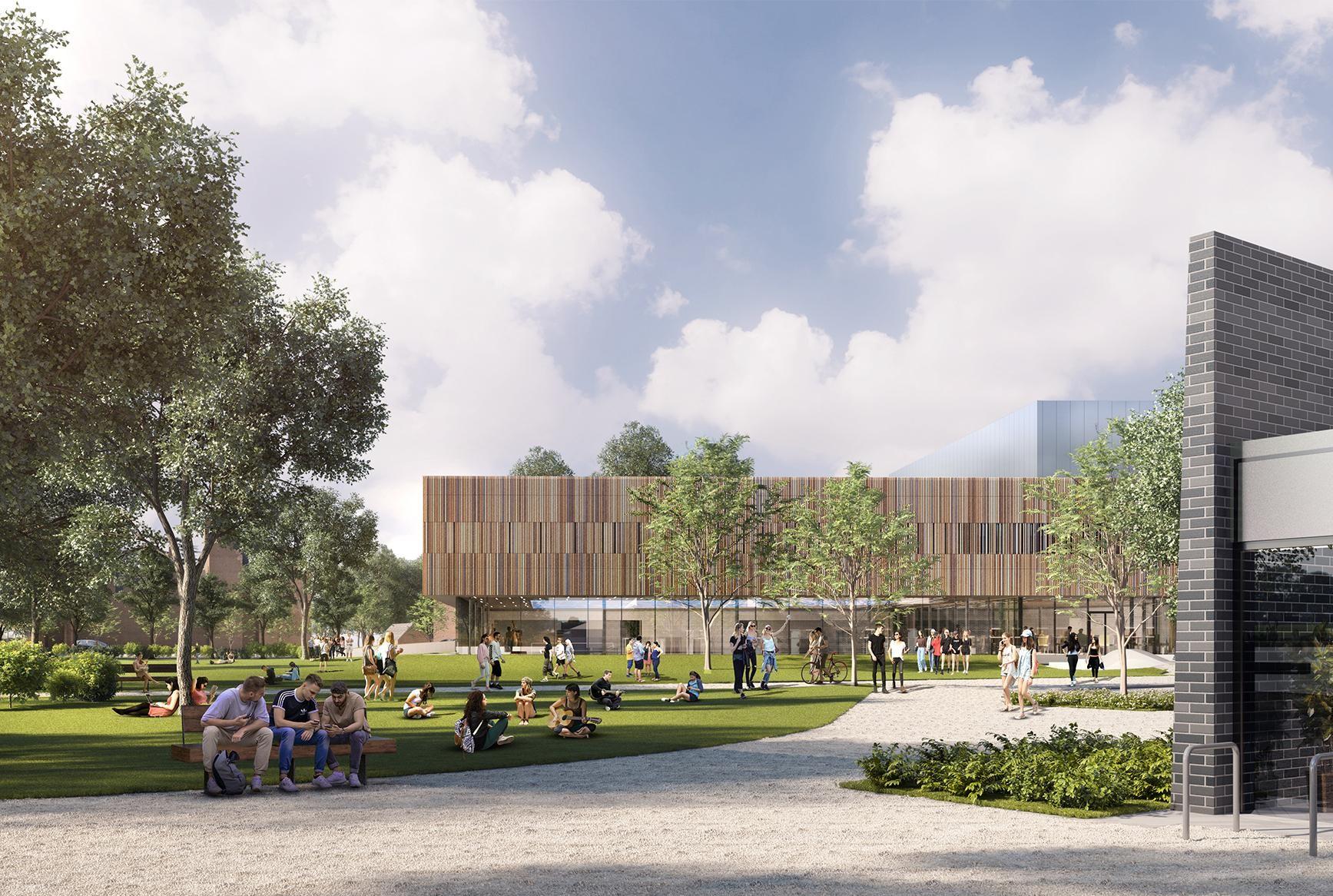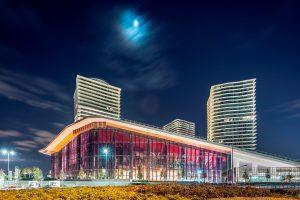What are lighting integrations?
When we speak of lighting and integrations, we refer to lighting that can work together with other systems to improve the building experience for everyone.
On top of streamlining maintenance processes and creating interfunctionality between your building technologies, lighting that integrates with other systems can also offer insights and intelligence that allow you to gain a new level of understanding about how the building is used.
With rapidly growing interest and demand around smart and interconnected buildings, the concept of integrated lighting has only grown in importance. Nowadays, the need for lighting system integrations has increased to the point of becoming a standard practice for installations of specific size.
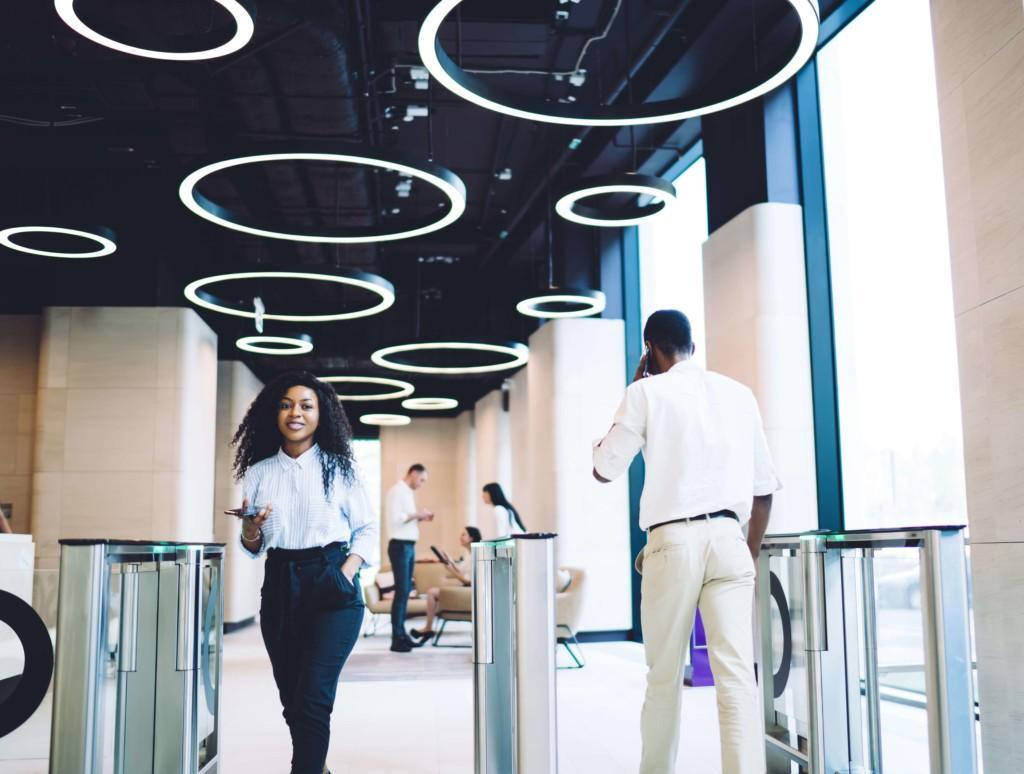
Lighting integrations: Frequently asked questions
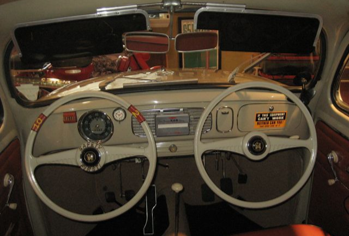
Redundancy
As we move towards more interconnected buildings, we will see a lot more information being shared among various building systems. For example, systems like HVAC, Security and Lighting may need to understand the occupancy status of the room or area. In this case, sharing information from a single sensor would avoid multiple sensors on the ceiling performing the same function. Why use two steering wheels where one will do?

Co-ordination
Regardless of the product, service or building in question, creating a seamless experience requires carefully coordinating various systems and technologies to ensure that tasks are performed reliably and efficiently. This is particularly the case for lighting control; from changing indoor lighting levels to match different activities and times of day, to lighting up gates in an airport upon arrival of an airplane— lighting control integrations are critical for achieving a precise and coordinated building system.
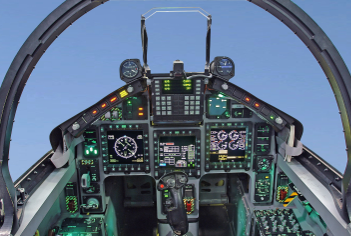
Data accessibility
Having the right data at the right time and place allows everyone to make better decisions. By integrating your lighting control solution with building level systems (namely, BMS systems), local systems (such as AV systems), and cloud based digital services, you improve the accessibility of important data for stakeholders like tenants, facilities management and property owners. As buildings become more complex over time, integrations will become increasingly important for making sense of data and providing insights for optimal operations.
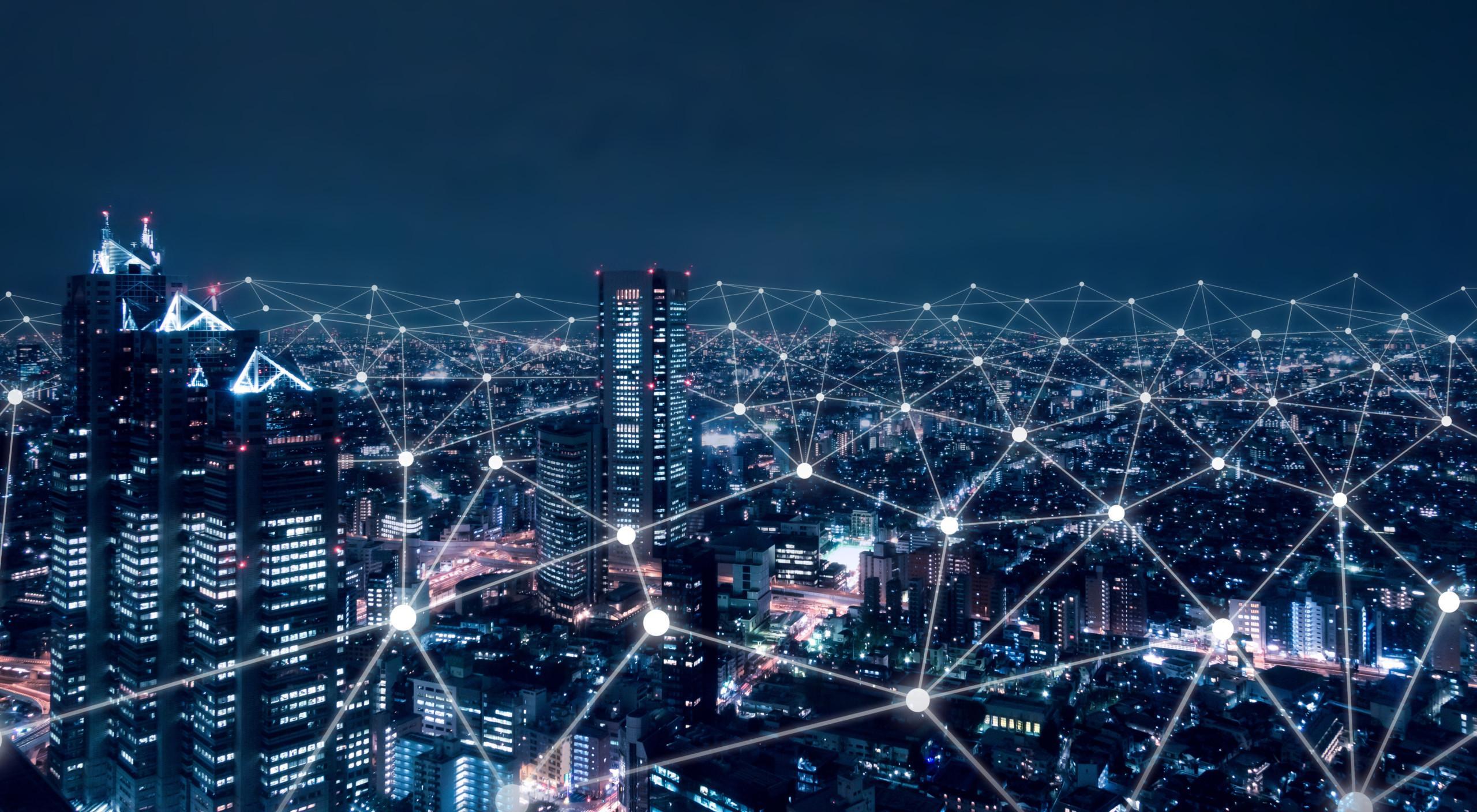
A better question to ask would be:
“What systems can’t lighting integrate with?”
In practice, the extent of the integration depends on requirements of the end users i.e. facility managers, sustainability managers, owners and tenants.
As lighting control experts with a range of flexible solutions, we have integrated lighting systems across a variety of different applications:
BMS
HVAC
Blinds
Audio visual
Entertainment lighting
Emergency lighting

Smart buildings are here to stay
The rise of “smart building specifications” has resulted in a variety of new demands for building systems. As well as fulfilling the traditional functions of saving enegy and providing insights, building systems are now expected to streamline maintenance processes, to help improve space usage, and to support the wellbeing and productivity of people in the building.
Added value for everyone
Compared to traditional integration purposes, the needs of building occupants and maintenance teams now play a much larger role when integrating systems within a smart building. Building systems are now expected to benefit a variety of stakeholders, and to simultaneously remain easy-to-use, insightful and interconnected.
As such, lighting control systems are now capable of offering personalized lighting configurations for tenants, valuable insights for facilities managers, and easy-to-use interfaces for lighting designers— all while communicating with various other building systems.
These new specifications require lighting and other building systems and services to share a variety of data, far beyond what is needed for traditional purposes such as energy savings.
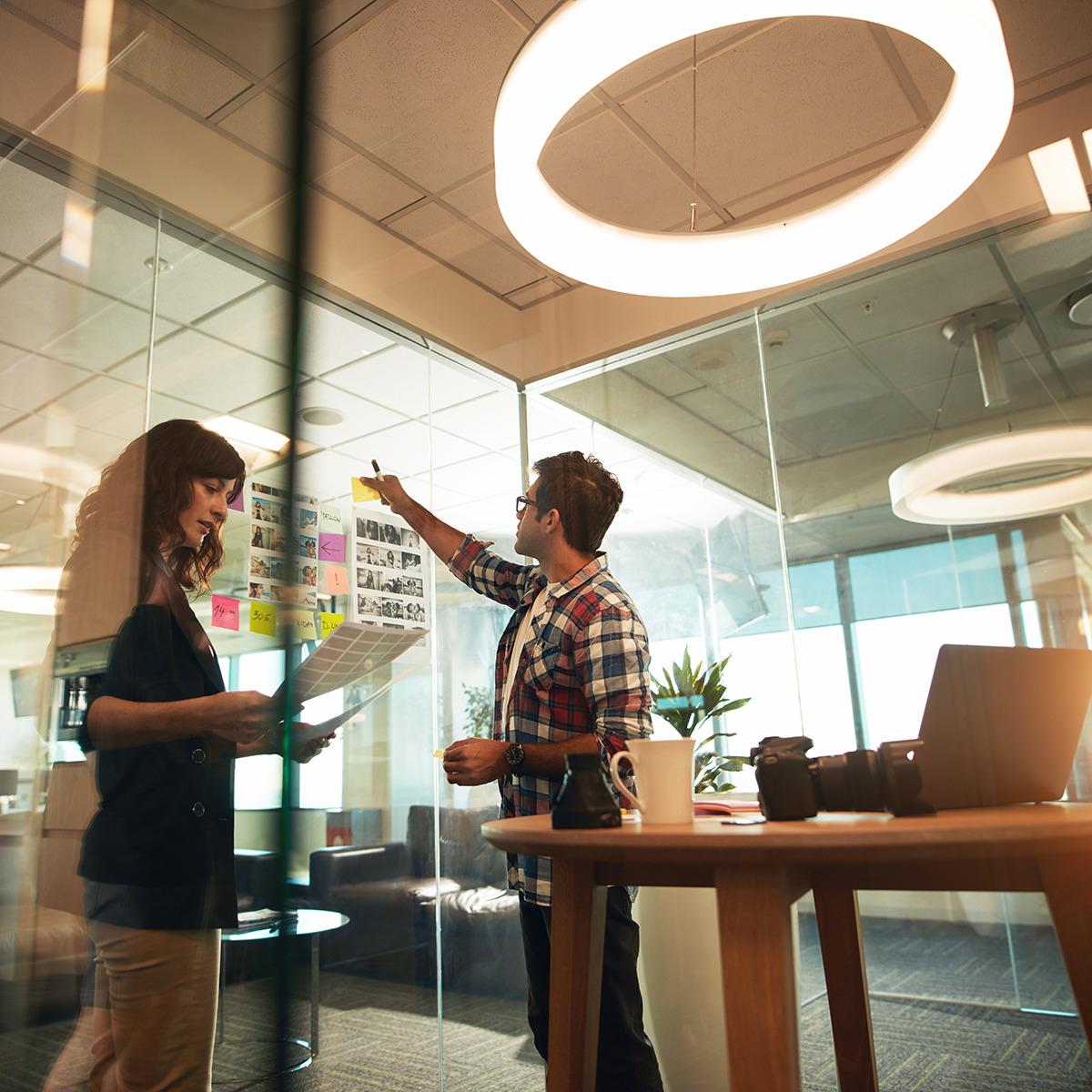
![]()
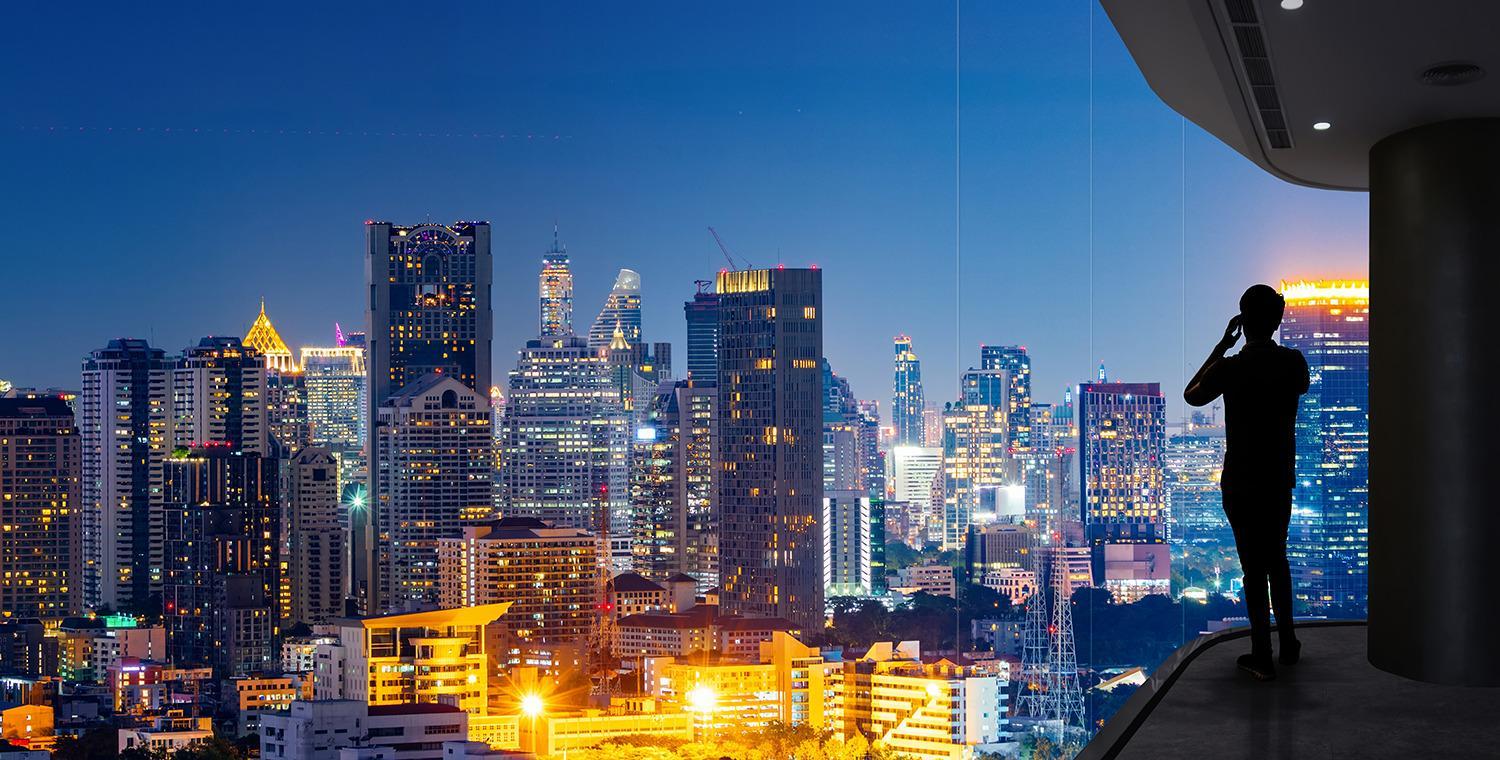
What are smart buildings?
At Helvar, we believe that buildings should enable people to function and feel at their best. Central to this belief is the concept of a smart building; a building which combines the latest technologies to deliver a seamless experience for all of its occupants.
Recently, we are seeing a growing demand for more intelligent, adaptable and human-centric environments, which means stronger expectations around every kind of building system. Luckily, modern lighting control systems boast a significant range of integration possibilities and can help to achieve all of the above, offering you an effective way to futureproof your space and achieve sustainability targets.
Solutions like Helvar Insights make your building even smarter by collecting lighting control data and running algorithms on that data to provide insights that can help further improve the Wellbeing, Efficiency and Sustainability of your smart building. Integration with third party systems is possible via a REST API, allowing for even more interoperability with other building management systems.
What are smart buildings?
At Helvar, we believe that buildings should enable people to function and feel at their best. Central to this belief is the concept of a smart building; a building which combines the latest technologies to deliver a seamless experience for all of its occupants.
Recently, we are seeing a growing demand for more intelligent, adaptable and human-centric environments, which means stronger expectations around every kind of building system. Luckily, modern lighting control systems boast a significant range of integration possibilities and can help to achieve all of the above, offering you an effective way to futureproof your space and achieve sustainability targets.
Solutions like Helvar Insights make your building even smarter by collecting lighting control data and running algorithms on that data to provide insights that can help further improve the Wellbeing, Efficiency and Sustainability of your smart building. Integration with third party systems is possible via a REST API, allowing for even more interoperability with other building management systems.
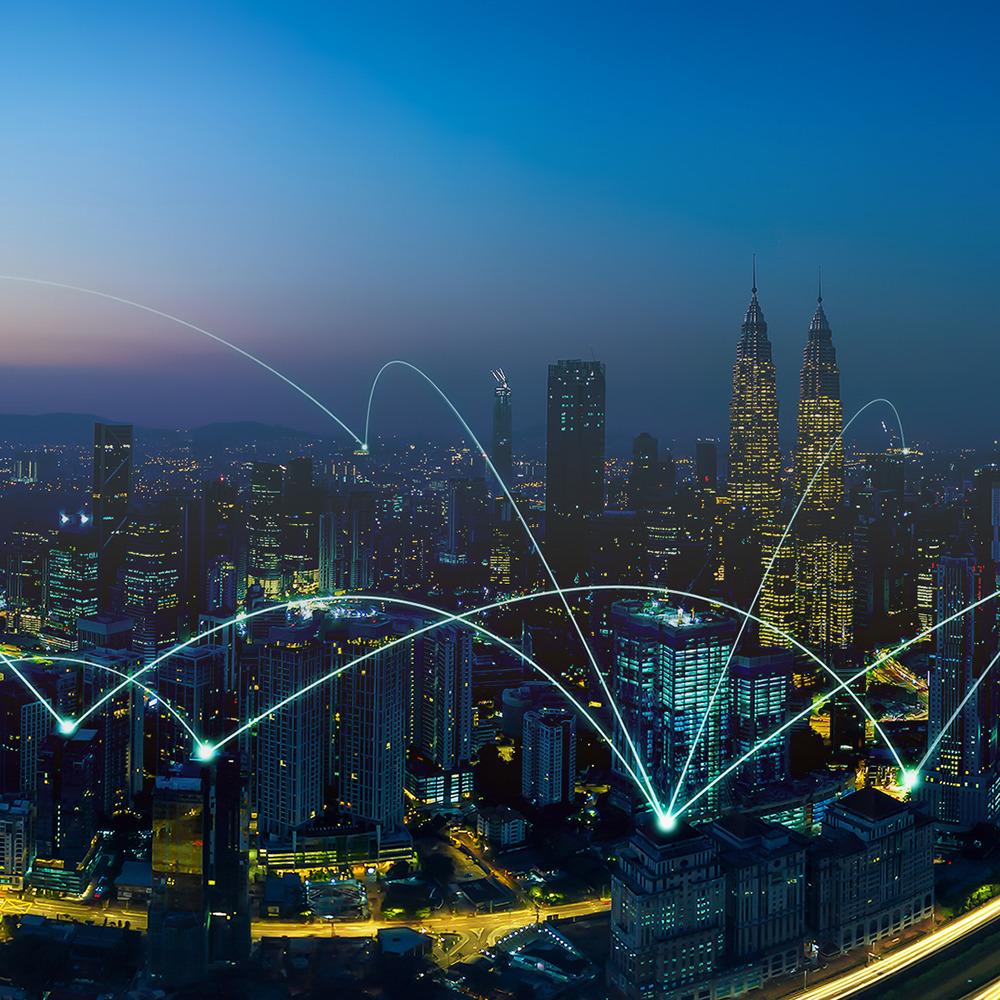
Smart buildings: Frequently asked questions
9 in 10
Buildings in the UK must be digitally retrofitted to achieve net-zero by 2050.
66%
Of leaders say they are looking to upgrade or renovate their office.
Up to 85%
Of lighting energy consumption can be saved through the use of intelligent LED lighting, when compared to schedule-based fluorescent lighting.
~85%
Of employees prefer a hybrid working model with access to collaboration spaces and technology in the office, meaning an increased demand for smart, adaptable buildings.
75%
Of all non-residential building stock in the EU was built before 1999.
a 50% drop
in absenteesim and a 27% drop in staff turnover have been observed in this case study, through implementation of the WELL Building standard.
Smart buildings and sustainability
Smart buildings and sustainable development go hand-in-hand; you simply can’t have one without the other.
From an environmental perspective, the use of intelligent technologies can bring about immense energy savings, therefore lowering your carbon footprint. Smart buildings bring automation, efficiency and simple energy management to the table, ultimately minimising our resource usage. On top of this, smart building technology is often both scalable and easy to maintain, offering long-lasting functionality without the need for any fundamental infrastructural changes. Renovating your space with intelligent lighting controls is a simple and effective step towards saving energy and achieving your net zero targets.

From a people perspective, smart building technologies offer vast opportunities for improving the wellbeing and productivity of its occupants. For example, intelligent lighting control systems can automatically learn and adapt to behavioural changes within the building, creating a seamless and highly personalized lighting experience. Additionally, cloud-based digital services like Helvar Insights can integrate with the existing Building Management System to provide occupancy insights, helping to maximise space usage. And solutions like Helvar Imagine, offering DALI-based lighting control, help to achieve Human-Centric Lighting and circadian lighting in your space.

From an economic perspective, smart buildings will reduce your total cost of ownership by enabling systems to interact and share data with each other, meaning less redundant technology and more data and insights. Luckily, the move towards a smart building can be super simple; intelligent lighting controls are a fast and effective way to upgrade your lighting system without tearing down any walls or installing any additional wiring.

![]()
Lighting integrations and smart buildings in practice
Case study:
Trust Tower World Trade Centre, Dubai
Integration: Blinds Control, Sun Tracking, Custom GUI (for Tower Management)
Method: HelvarNET IP protocol
Product: 490 Blinds Controller, 920 Router, Tridium Niagara IP Driver
Featuring a total of 60,000 DALI points and 36,000 DALI light fittings, the WTC Trust Tower is a testament to the flexibility and scalability of DALI lighting controls.
Case study:
Botton Champalimaud Centre, Portugal
Integration: BMS
Method: BACnet IP protocol
Product: 435 BACnet Gateway
By using Helvar’s DALI-based lighting controls, this world-class research center now features a fully adaptable lighting system which helps to maximise the wellbeing of patients and staff.
Case study:
James McCune Smith Learning Hub, Scotland
Integration: Digital Twin, Audio Visual
Method: Cloud API, HelvarNET IP Protocol
Product: HCG Cloud Gateway, 910/950 Router
The James McCune Hub is fitted with a smart and accessible Helvar lighting system, designed to provide a diverse learning space and excellent student experience.
Case study:
Ravelin Sports Centre, United Kingdom
Integration: HVAC (via BMS)
Method: BACnet IP protocol
Product: 435 BACnet Gateway
The Ravelin Sports Centre is designed to be one of the UK’s most sustainable sports centres, receiving an ‘Outstanding’ rating from BREEAM UK, the world’s leading sustainability assessment for buildings.
Case study:
Harmony of the Seas, Marine
Integration: Custom GUI (For External lighting Bridge Control System), Entertainment Lighting, Audio Visual
Method: HelvarNET IP protocol, DMX protocol
Product: Tridium Niagara IP Driver, 920 Router
As one of the largest cruise ships in the world, the Harmony of the Seas boasts a highly integrated Helvar lighting system which helps to create the perfect ambience for a variety of different settings.
Case study:
Zorlu Center, Turkey
Integration: BMS, Exterior Façade Lighting
Method: HelvarNET IP protocol to BACnet IP, DMX protocol
Product: Tridium Niagara IP Driver, 920 Router
As Istanbul’s first and only mixed use development, the Zorlu Center’s ambition, scale and diversity is an impressive addition to one of Earth’s oldest, most vibrant cities.
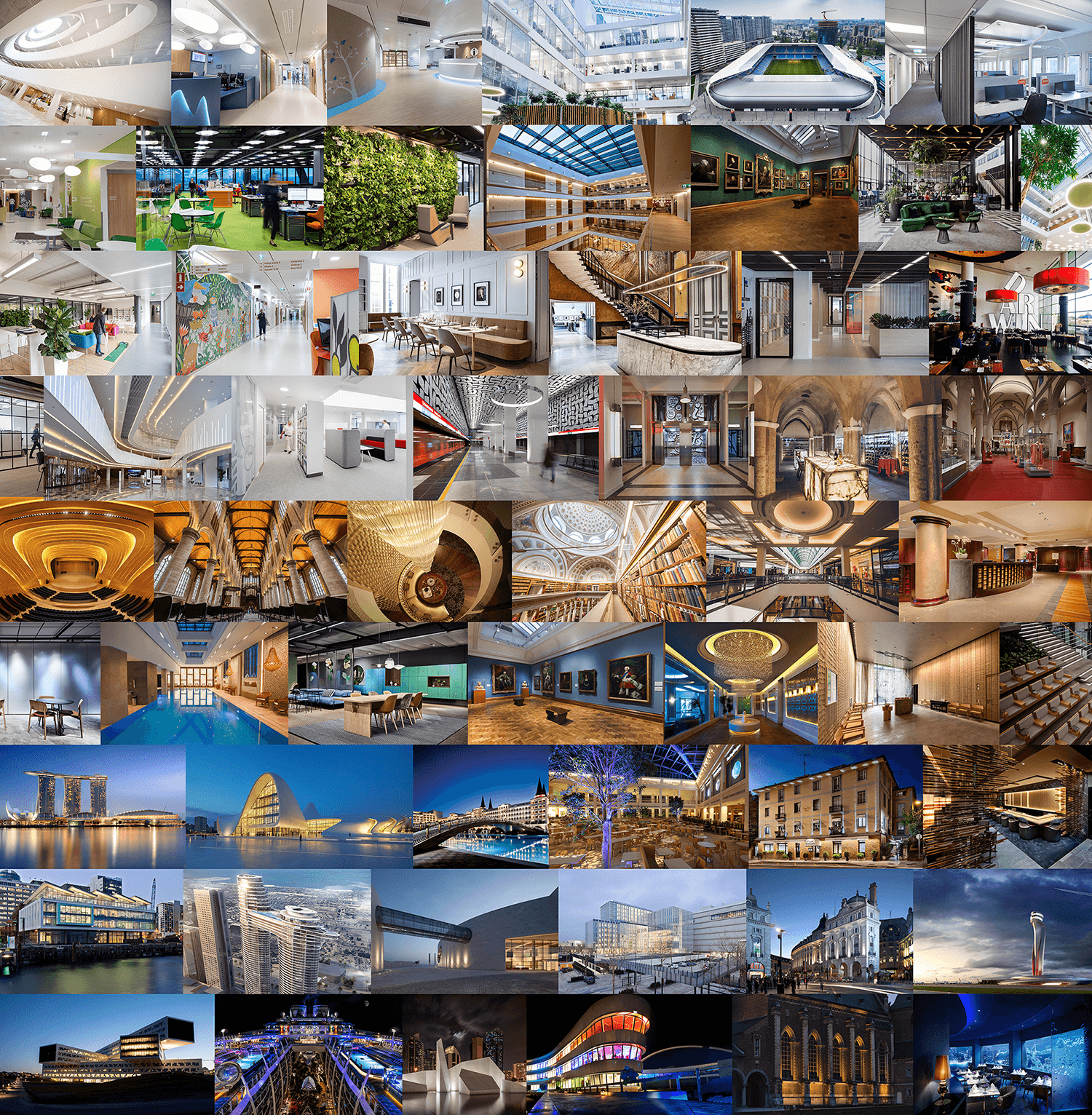
Learn more about futureproofing your space with intelligent lighting systems…
![]()
OUR PROJECT
REFERENCES
At Helvar, we have thousands of awe-inspiring projects
located in over 80 countries.
![]()
OUR LIGHTING CONTROL SOLUTIONS
From single rooms to skyscrapers – we offer smart lighting solutions for every project.
![]()
